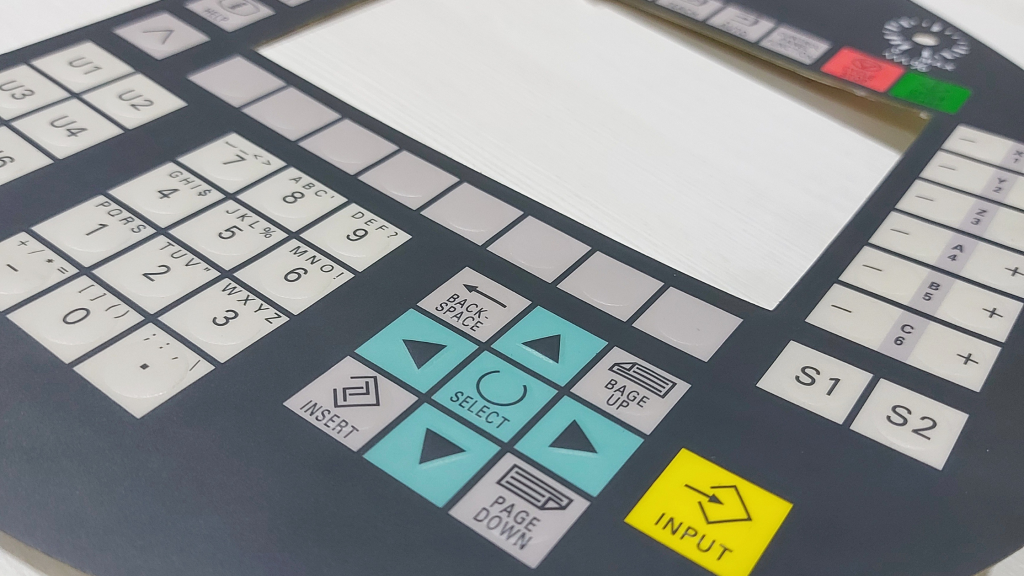
Membrane keyboard has been around since the 1980s when they were largely used with home computers and similar consumer electronic devices and are quite inexpensive and easy to produce making them an excellent choice for budget-conscious consumers.
Today keyboards are used in a wide variety of applications, ranging from desktop computers, Consumer electronics, peripherals, medical devices, heavy industrial machinery, laboratory equipments, and many more.
Membrane keyboards or membrane switch are nothing but a keypad featuring keys that are embedded into a single platform, without separate moving parts.
While the basic principle of keyboards remains the same, which is to provide a physical interface through which a human operator can control the device.
While there are different types of keyboards and one of the newer and more well-known types of keyboards is a membrane keyboard.
So, what exactly is a membrane keyboard and how does it work ?
A membrane keyboard or keypad is a type of device which uses a single rubber-like membrane under the keys.
The membrane then makes contact with a circuit board when the key is fully pressed with the help of external force applied by the operator
Normally, keyboards are designed with individual keys, each of which is a separate moving part.
But membrane keyboards take a step in a different direction by featuring pressure pads on which the key outlines and symbols are printed.
The mechanics behind membrane keyboard is relatively simpler and straightforward: the keys contain a conductive metal on the bottom, so when pressed, it creates a circuit with the underlying components of the first layer.
Basically, membrane Keyboards consist of three layers, which are rather flexible. The first layer is the top membrane layer, under which there is a conductive trace.
Once the key is pressed, it is moved through the second layer which is made up of holes. This layer allows the pressure pads which are situated under each key to pass and make contact with the conductive traces. The third layer is the bottom membrane layer.
Membrane keyboard consists of two designs. The first one is a flat key design which we often see in microwave ovens, whereas the other type is a dome switch keyboard about which we will talk in-depth in our next article.
Hope this article has helped you in better understanding of membrane keypads.
If we have missed something, let us know in the comments section below.
We will be more than happy to resolve your queries.

